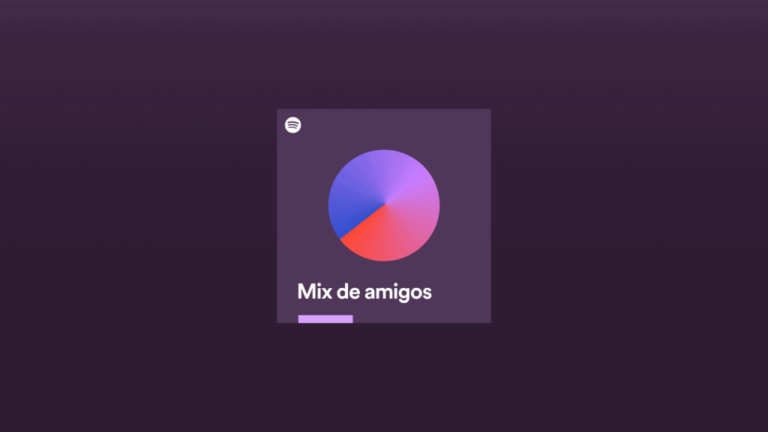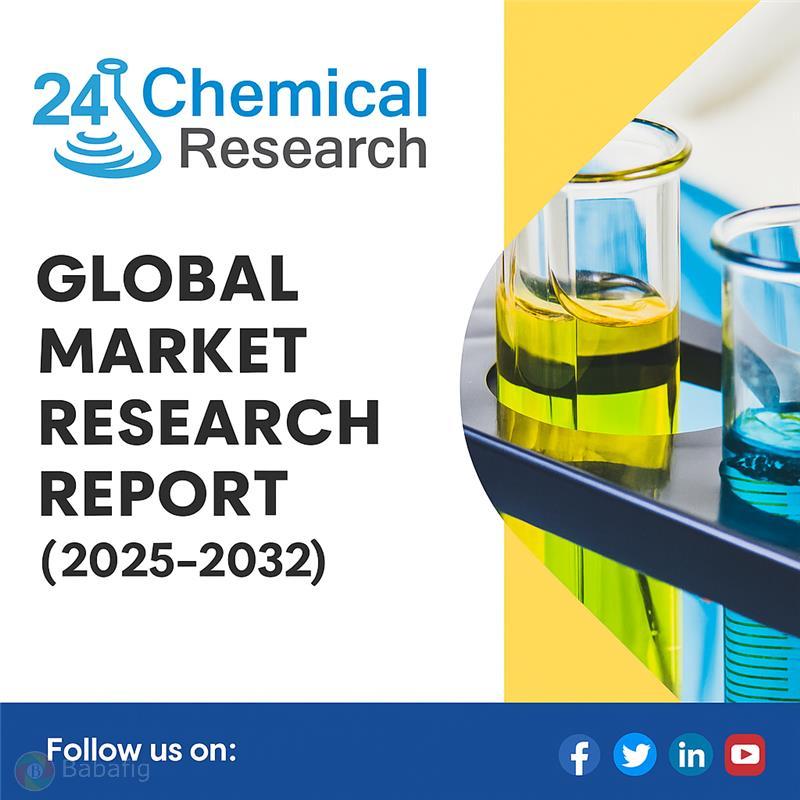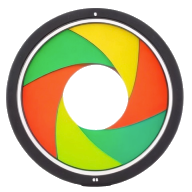Download Sample Report:
https://www.datamintelligence.com/download-sample/veterinary-vaccines-market
The global veterinary vaccines market is entering a phase of sustained growth and innovation, with mounting demand from both companion animal and livestock sectors. According to recent data, market valuation reached USD 12.05 billion in 2024 and is forecast to climb to USD 12.51 billion in 2025 and USD 18.56 billion by 2032, reflecting a compound annual growth rate (CAGR) of 5.8%.
Meanwhile, additional analysis projects consistent momentum through 2029 with a CAGR between 6.0% and 6.1%, targeting USD 13.33 billion by 2029.
As pet ownership skyrockets globally and livestock production intensifies, both segments offer compelling growth opportunities. North America led with a 45.4% market share in 2024, while Asia-Pacific is emerging as the fastest-growing region. Sub-Saharan, Latin American, and Middle Eastern markets are also gaining traction, with the Middle East projected to reach USD 678 million by 2025, expanding to over USD 1 billion by 2035 at a 4% CAGR.
Key Market Drivers & Growth Opportunities
Surge in Pet and Livestock Ownership
– In the United States, 67–70% of households own pets, translating to over 86 million homes.
– Europe’s dog and cat population exceeds 66.8 million and 77.9 million, respectively.
– India has an estimated 62 million community dogs, with pet dogs projected to reach 31 million by the end of 2023.
This rise in ownership fuels demand for companion animal vaccines to prevent diseases such as rabies, distemper, and parvovirus.
Heightened Zoonotic Disease Awareness & One Health Strategies
– Outbreaks like avian influenza, brucellosis, and rabies highlight the need for cross-species disease prevention.
– Agricultural vaccine mandates in Asia-Pacific and mass dog vaccination campaigns (in regions like India and Bangladesh) reinforce One Health principles.
Government Programs & Incentive Schemes
– The USDA has earmarked up to USD 100 million for poultry flu vaccine research and is preparing a national rollout by July 2025, following losses of over 175 million poultry since 2022.
– In India, new approvals like the calf vaccine “BIOLUMPIVAXIN” show growing regulatory support.
– Indonesia and other emerging economies are also ramping up livestock immunization initiatives.
Technological Breakthroughs in Vaccine Innovation
– The release of trivalent poultry vaccines in early 2025 represents the rise of multi-targeted solutions.
– DNA, recombinant, viral-vector, nanoparticle, and AI-driven vaccines are being developed for better efficacy and safety.
– AI tools are expediting antigen identification, immune modeling, and vaccine design—reducing dependency on prolonged animal trials.
Improved Chain & Distribution Infrastructure
– Advanced cold storage and IoT monitoring systems are improving reach into remote and rural regions, lowering vaccine wastage and ensuring timely administration.
Market Segmentation & Trends
By Species: Livestock vaccines accounted for the largest share (~55–60%) due to increasing emphasis on food safety and productivity.
– Companion animal vaccines are gaining traction due to rising pet healthcare awareness and adoption of pet insurance.
By Technology:
– Inactivated vaccines held the leading market share in 2024 (~32.5%), favored for their stability and low virulence.
– Live attenuated and DNA vaccines are advancing, supported by strong R&D investment.
By Administration Route:
– Intramuscular injections dominate the market due to consistent immune response outcomes, followed by subcutaneous injections.
– New oral and intranasal vaccine formats are also under evaluation.
By region, North America remains dominant with 45.4% market share. Asia-Pacific is the fastest growing due to population dynamics, rising pet ownership, and expanding livestock production.
– The Middle East market, valued at USD 678 million in 2025, is projected to cross USD 1 billion by 2035.
Ask for the Customized Report as per Your Business Requirements:
https://www.datamintelligence.com/customize/veterinary-vaccines-market
Latest Industry Highlights & Regional News
United States
– The USDA is set to roll out a nationwide poultry vaccination plan by July 2025, backed by USD 100 million in funding, aiming to counter the most severe avian flu outbreak on record.
– Novel vaccine approvals for species like honeybees and the deployment of mobile biosecurity tools like RABapp are transforming field diagnostics and response time.
– Approximately 47% of U.S. commercial swine farms are now connected via such AI-enabled disease prevention platforms.
Japan
– Japan is steadily modernizing veterinary infrastructure, emphasizing high-biosecurity environments and advanced diagnostics.
– Demand for companion animal vaccines continues to grow, supported by a well-developed pet care sector. With strong domestic biotech R&D capabilities, Japan is poised to adopt next-generation recombinant and mRNA-based veterinary vaccines over the next few years.
Buy an Exclusive copy of this Report:
https://www.datamintelligence.com/buy-now-page?report=veterinary-vaccines-market
Challenges & Restraints
High R&D and Production Costs
– Vaccine development can require USD 200–500 million, with an additional USD 50–700 million for multi-antigen production infrastructure.
– Cold-chain logistics account for more than 70% of total storage and handling expenses, posing challenges in cost-sensitive regions.
Veterinary Workforce Shortages & Vaccine Hesitancy
– Emerging markets continue to face deficits in skilled veterinarians and trained livestock workers.
– Lack of awareness and trust among rural communities leads to inconsistent vaccine compliance.
Export Market Sensitivities
– Poultry exporters in North America express concern that vaccination might mask underlying disease presence, affecting trade access to certain countries.
– Striking a balance between national disease control and international trade policies remains a key regulatory challenge.
Strategic Outlook for Industry Stakeholders
Invest in Advanced Vaccine Platforms
Embrace DNA, nanoparticle, AI-assisted, and multivalent vaccines for broader immunogenicity and streamlined development.
Expand Cold-Chain Capabilities
Deploy smart cold-storage infrastructure, especially in rural or underserved regions, to minimize spoilage and delivery delays.
Strengthen Public–Private Partnerships
Collaborate with governments to align vaccine policy, rollout strategies, and trade implications—especially in the livestock sector.
Enhance Awareness and Veterinary Training
Capacity-building in emerging markets is critical to expanding vaccine penetration and reducing zoonotic outbreaks.
Unlock Untapped Regional Markets
Focus on regions like Africa, Southeast Asia, and the Middle East with localized, culturally appropriate vaccine solutions.
Subscribe for more Industry reports:
https://www.datamintelligence.com/reports-subscription
About Us:
DataM Intelligence is a market research and consulting firm that provides end-to-end business solutions to organizations, from research to consulting. We, at DataM Intelligence, leverage our top trademark trends, insights, and developments to provide swift and astute solutions to clients like you. We encompass a multitude of syndicate reports and customized reports with a robust methodology.
Our research database features countless statistics and in-depth analyses across a wide range of 6300+ reports in 40+ domains, creating business solutions for more than 200+ companies across 50+ countries, catering to the key business research needs that influence the growth trajectory of our vast clientele.
Contact Us:
Company Name: DataM Intelligence
Contact Person: Sai Kiran
Email: sai.k@datamintelligence.com
Phone: +1 877 441 4866
Website:
https://www.datamintelligence.comDownload Sample Report: https://www.datamintelligence.com/download-sample/veterinary-vaccines-market
The global veterinary vaccines market is entering a phase of sustained growth and innovation, with mounting demand from both companion animal and livestock sectors. According to recent data, market valuation reached USD 12.05 billion in 2024 and is forecast to climb to USD 12.51 billion in 2025 and USD 18.56 billion by 2032, reflecting a compound annual growth rate (CAGR) of 5.8%.
Meanwhile, additional analysis projects consistent momentum through 2029 with a CAGR between 6.0% and 6.1%, targeting USD 13.33 billion by 2029.
As pet ownership skyrockets globally and livestock production intensifies, both segments offer compelling growth opportunities. North America led with a 45.4% market share in 2024, while Asia-Pacific is emerging as the fastest-growing region. Sub-Saharan, Latin American, and Middle Eastern markets are also gaining traction, with the Middle East projected to reach USD 678 million by 2025, expanding to over USD 1 billion by 2035 at a 4% CAGR.
Key Market Drivers & Growth Opportunities
Surge in Pet and Livestock Ownership
– In the United States, 67–70% of households own pets, translating to over 86 million homes.
– Europe’s dog and cat population exceeds 66.8 million and 77.9 million, respectively.
– India has an estimated 62 million community dogs, with pet dogs projected to reach 31 million by the end of 2023.
This rise in ownership fuels demand for companion animal vaccines to prevent diseases such as rabies, distemper, and parvovirus.
Heightened Zoonotic Disease Awareness & One Health Strategies
– Outbreaks like avian influenza, brucellosis, and rabies highlight the need for cross-species disease prevention.
– Agricultural vaccine mandates in Asia-Pacific and mass dog vaccination campaigns (in regions like India and Bangladesh) reinforce One Health principles.
Government Programs & Incentive Schemes
– The USDA has earmarked up to USD 100 million for poultry flu vaccine research and is preparing a national rollout by July 2025, following losses of over 175 million poultry since 2022.
– In India, new approvals like the calf vaccine “BIOLUMPIVAXIN” show growing regulatory support.
– Indonesia and other emerging economies are also ramping up livestock immunization initiatives.
Technological Breakthroughs in Vaccine Innovation
– The release of trivalent poultry vaccines in early 2025 represents the rise of multi-targeted solutions.
– DNA, recombinant, viral-vector, nanoparticle, and AI-driven vaccines are being developed for better efficacy and safety.
– AI tools are expediting antigen identification, immune modeling, and vaccine design—reducing dependency on prolonged animal trials.
Improved Chain & Distribution Infrastructure
– Advanced cold storage and IoT monitoring systems are improving reach into remote and rural regions, lowering vaccine wastage and ensuring timely administration.
Market Segmentation & Trends
By Species: Livestock vaccines accounted for the largest share (~55–60%) due to increasing emphasis on food safety and productivity.
– Companion animal vaccines are gaining traction due to rising pet healthcare awareness and adoption of pet insurance.
By Technology:
– Inactivated vaccines held the leading market share in 2024 (~32.5%), favored for their stability and low virulence.
– Live attenuated and DNA vaccines are advancing, supported by strong R&D investment.
By Administration Route:
– Intramuscular injections dominate the market due to consistent immune response outcomes, followed by subcutaneous injections.
– New oral and intranasal vaccine formats are also under evaluation.
By region, North America remains dominant with 45.4% market share. Asia-Pacific is the fastest growing due to population dynamics, rising pet ownership, and expanding livestock production.
– The Middle East market, valued at USD 678 million in 2025, is projected to cross USD 1 billion by 2035.
Ask for the Customized Report as per Your Business Requirements: https://www.datamintelligence.com/customize/veterinary-vaccines-market
Latest Industry Highlights & Regional News
United States
– The USDA is set to roll out a nationwide poultry vaccination plan by July 2025, backed by USD 100 million in funding, aiming to counter the most severe avian flu outbreak on record.
– Novel vaccine approvals for species like honeybees and the deployment of mobile biosecurity tools like RABapp are transforming field diagnostics and response time.
– Approximately 47% of U.S. commercial swine farms are now connected via such AI-enabled disease prevention platforms.
Japan
– Japan is steadily modernizing veterinary infrastructure, emphasizing high-biosecurity environments and advanced diagnostics.
– Demand for companion animal vaccines continues to grow, supported by a well-developed pet care sector. With strong domestic biotech R&D capabilities, Japan is poised to adopt next-generation recombinant and mRNA-based veterinary vaccines over the next few years.
Buy an Exclusive copy of this Report: https://www.datamintelligence.com/buy-now-page?report=veterinary-vaccines-market
Challenges & Restraints
High R&D and Production Costs
– Vaccine development can require USD 200–500 million, with an additional USD 50–700 million for multi-antigen production infrastructure.
– Cold-chain logistics account for more than 70% of total storage and handling expenses, posing challenges in cost-sensitive regions.
Veterinary Workforce Shortages & Vaccine Hesitancy
– Emerging markets continue to face deficits in skilled veterinarians and trained livestock workers.
– Lack of awareness and trust among rural communities leads to inconsistent vaccine compliance.
Export Market Sensitivities
– Poultry exporters in North America express concern that vaccination might mask underlying disease presence, affecting trade access to certain countries.
– Striking a balance between national disease control and international trade policies remains a key regulatory challenge.
Strategic Outlook for Industry Stakeholders
Invest in Advanced Vaccine Platforms
Embrace DNA, nanoparticle, AI-assisted, and multivalent vaccines for broader immunogenicity and streamlined development.
Expand Cold-Chain Capabilities
Deploy smart cold-storage infrastructure, especially in rural or underserved regions, to minimize spoilage and delivery delays.
Strengthen Public–Private Partnerships
Collaborate with governments to align vaccine policy, rollout strategies, and trade implications—especially in the livestock sector.
Enhance Awareness and Veterinary Training
Capacity-building in emerging markets is critical to expanding vaccine penetration and reducing zoonotic outbreaks.
Unlock Untapped Regional Markets
Focus on regions like Africa, Southeast Asia, and the Middle East with localized, culturally appropriate vaccine solutions.
Subscribe for more Industry reports: https://www.datamintelligence.com/reports-subscription
About Us:
DataM Intelligence is a market research and consulting firm that provides end-to-end business solutions to organizations, from research to consulting. We, at DataM Intelligence, leverage our top trademark trends, insights, and developments to provide swift and astute solutions to clients like you. We encompass a multitude of syndicate reports and customized reports with a robust methodology.
Our research database features countless statistics and in-depth analyses across a wide range of 6300+ reports in 40+ domains, creating business solutions for more than 200+ companies across 50+ countries, catering to the key business research needs that influence the growth trajectory of our vast clientele.
Contact Us:
Company Name: DataM Intelligence
Contact Person: Sai Kiran
Email: sai.k@datamintelligence.com
Phone: +1 877 441 4866
Website: https://www.datamintelligence.com









